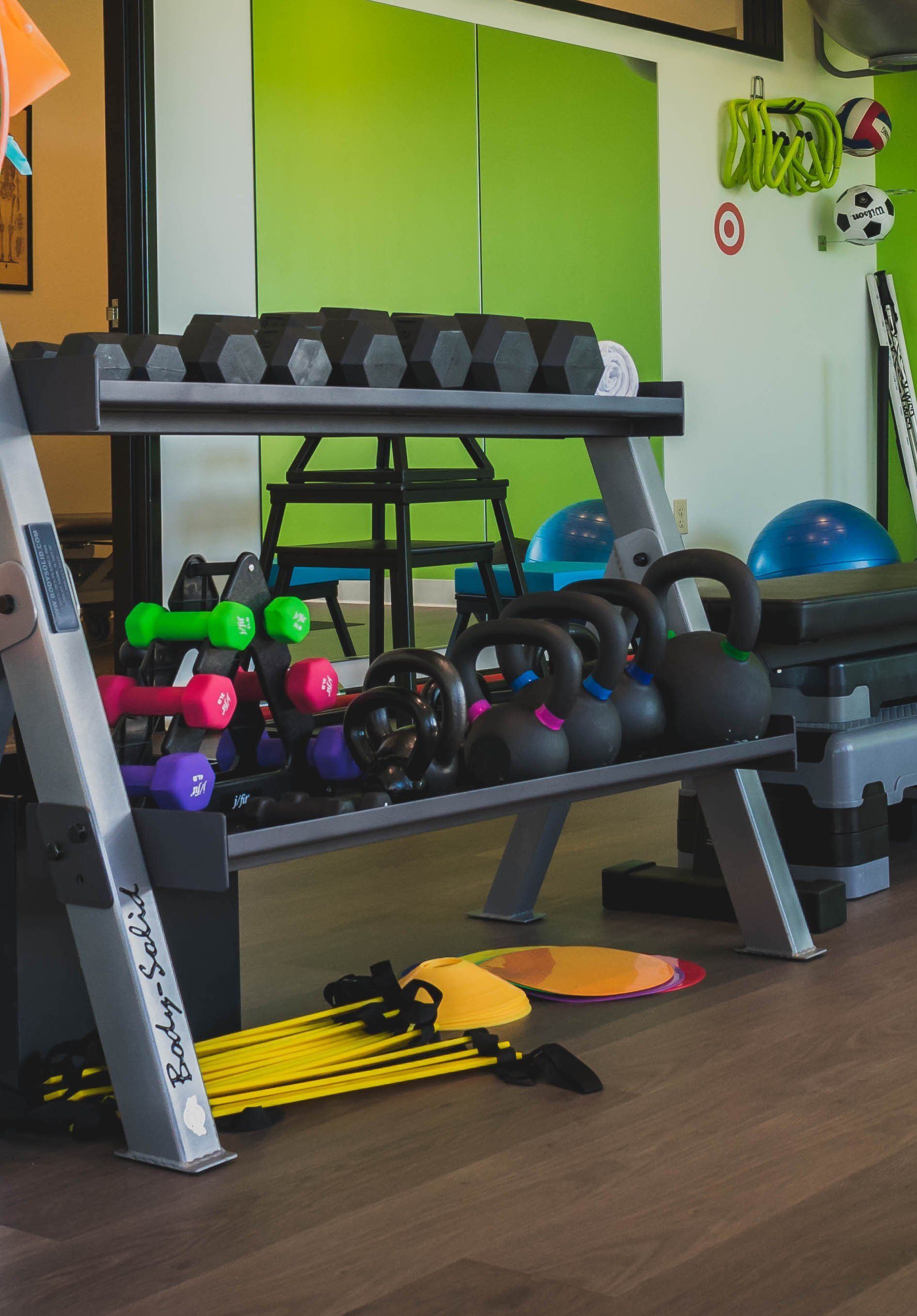Knee Pain
Knee Pain:
Strengthen Kinetic Chain To Reduce Knee Injuries
Almost everyone has experienced some type of knee pain, whether it’s caused by a sudden injury to the knee joint or due to repetitive stresses to the structures around the knee. When knee aggravation is present, it can significantly impact one’s ability to participate in daily activities and sport. It is one of the most common reasons that people seek medical care. Knee pain can result from a myriad of structures around or inside the knee, and the key to its treatment is determining the source and the reason for the pain.
Sudden or acute injuries can include sprains, strains, or tears to the ligaments or tendons such as the anterior cruciate ligament (ACL) or medical collateral ligament (MCL), tears to the cushion of the knee joint called the meniscus, or bruising/ fractures of the bones making up the knee joint including the patella, the lower end of the femur, or the upper end of the tibia. These types of injuries usually result from trauma or impact to the knee joint or from quick/ sudden movements during directional changes, twisting, or pivoting on your foot. Acute injuries typically cause a quick onset of pain accompanied by swelling, and can be diagnosed through clinical testing and imaging.
What Causes Knee Pain?
Often knee pain can occur from repetitive movements/ stress to the structures around the knee and result in vague or “moving” symptoms around the anterior (front) of the knee. Current research calls this “anterior knee pain” although we know it by many other names… patellofemoral syndrome, runner’s knee, iliotibial band syndrome and it often results in pain significant enough to avoid aggravating activities or sports all together. Current research shows a strong correlation between anterior knee pain and weakness in the hip musculature, along with the inability to maintain proper alignment of the leg during functional/sport activities. When the knee collapses inward during squatting, jumping, running, stairs it can create irritation of the patella (knee cap) and abnormal stresses to the structures surrounding the knee such as the iliotibial band.
Alignment of the legs and hips contributes to proper mechanics during activities that require bending your knee while your foot is on the ground… walking, stairs, squatting, jumping, and many sport-related movements. The hip musculature, especially gluteus maximus and gluteus medius, are responsible for controlling the alignment of the femur (thigh) and for preventing this collapse inward of the knee. When the hip musculature isn’t strong enough to prevent the knee from knocking inward or doesn’t’ fire properly to participate in the movement, then anterior knee pain is likely to occur over time.
Curious if you fall in this category?
- Stand on one leg in front of a mirror and look at your knee.
- Hop up and down a few times.
- As you take off and land, see if your knee stays over your foot or if it “dances” all over the place. Does it move inward, outward, or back and forth, or are you able to control your knee in space as you land?
If you find your knee wiggling instead of staying steady, then it’s time to get your rear in gear, quite literally by scheduling an appointment for physical therapy for knee pain.
How Does Physical Therapy Help With Knee Pain?
The good news is that current research also correlates strengthening of the hip musculature and correction of mechanics with getting rid of that knee pain. That’s where physical therapy for knee pain comes into play. Physical therapists are the biomechanical movement experts and are able to evaluate and determine what factors are related to knee pain. Key factors incorporated by physical therapists into treatment of knee pain include:
- Proper strengthening of the hip/glute musculature in functional/sport-related pattern
- Neuromuscular reeducation for key musculature to assist with proper alignment of leg during functional activities and sport
- Manual therapy to provide proper mobility and tissue healing for irritated structures around the knee or structures preventing proper mechanics
Physical therapy for knee pain can provide the tools necessary to prevent and/or treat anterior knee pain you are experiencing and to return patients to pain free daily life and sport.
